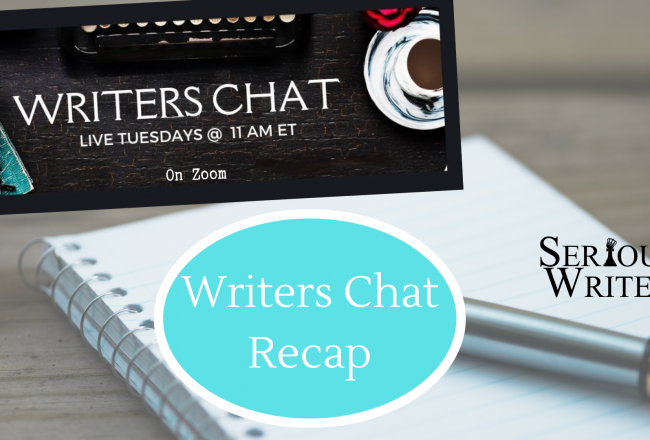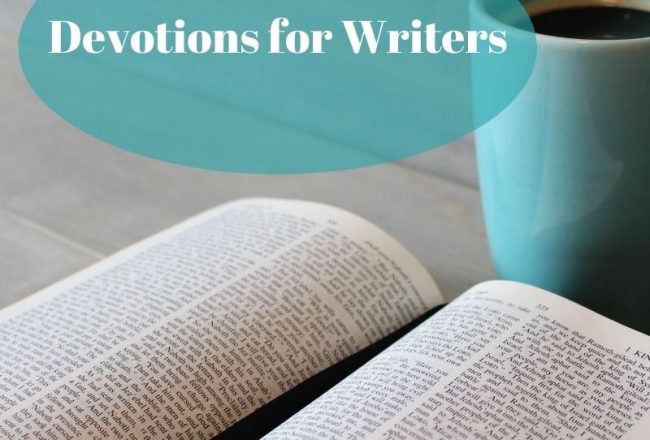
Seasons
“There is a time for everything, and a season for every activity under the heavens:” Ecclesiastes 3:1 (NIV) Memorial…
June 3, 2023
“There is a time for everything, and a season for every activity under the heavens:” Ecclesiastes 3:1 (NIV) Memorial…
June 3, 2023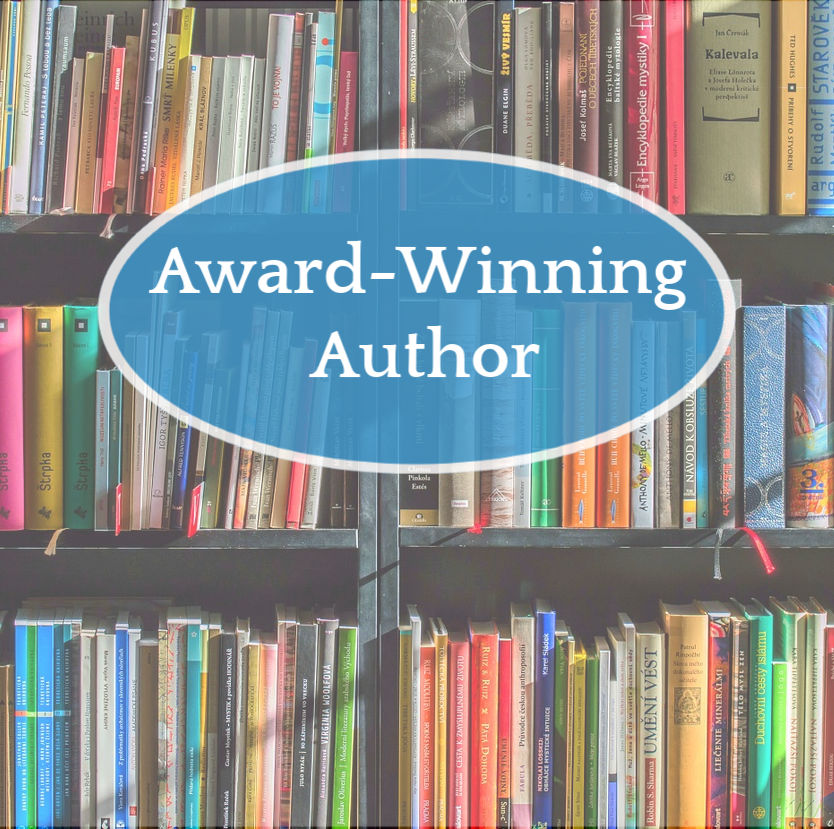
Can you share a little about your recent book? Raising Kids for Tomorrow’s World: 12 Keys to Preserving the…
June 1, 2023
Writers Chat, hosted by Jean Wise, Johnnie Alexander, and Brandy Brow, is the show where we talk about all…
May 31, 2023
Recently, I had a bad fall off my bike, it was the first time in years I had fallen…
May 29, 2023
For bloggers and writers who wish to create a credible online presence, selecting an appropriate website template is essential.…
May 28, 2023
Today I’m talking with Sci-Fi YA author and fellow columnist here on Almost an Author, Sophia Hanson, about microfiction.…
May 27, 2023
“The publisher will never use my title.” Or “It doesn’t matter what I call my book because the…
May 26, 2023
We writers are good with words, but we may not be so good with images. For those of us…
May 24, 2023
I recently attended a conference where one of the speakers talked about how, because of cultural and societal shifts,…
May 23, 2023Writers Chat, hosted by Jean Wise, Johnnie Alexander, and Brandy Brow, is the show where we talk about all…
May 22, 2023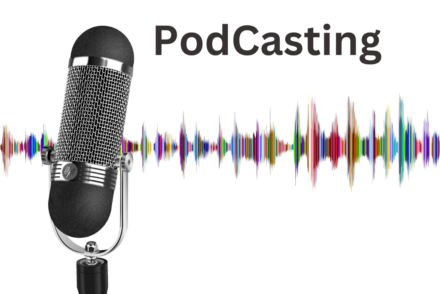
I heard it every conference. “Build your platform!” Along with the dreaded social media, writers in sessions kept telling…
May 19, 2023
Pssst! I have a love-hate relationship going on. Relationships can be tricky, and this one is one of my…
May 17, 2023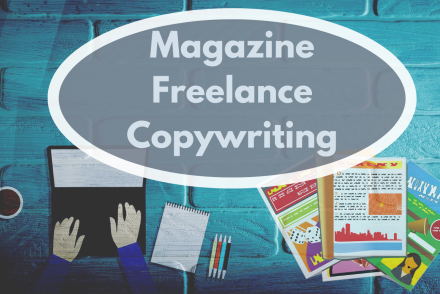
If you’re feeling uninspired and like nothing you write seems good anymore, you likely got a case of writer’s…
May 14, 2023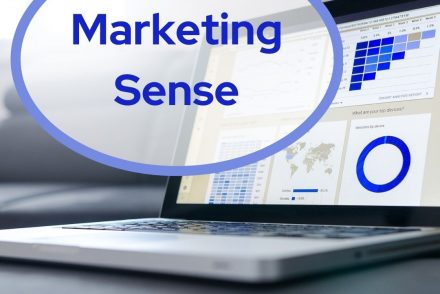
This 3-part series focuses on growing your author platform in 2023, specifically, via an online community such as a…
May 12, 2023
People seem to be taking sides on AI and feeling strongly about it. Recently we had an AI adventure…
May 8, 2023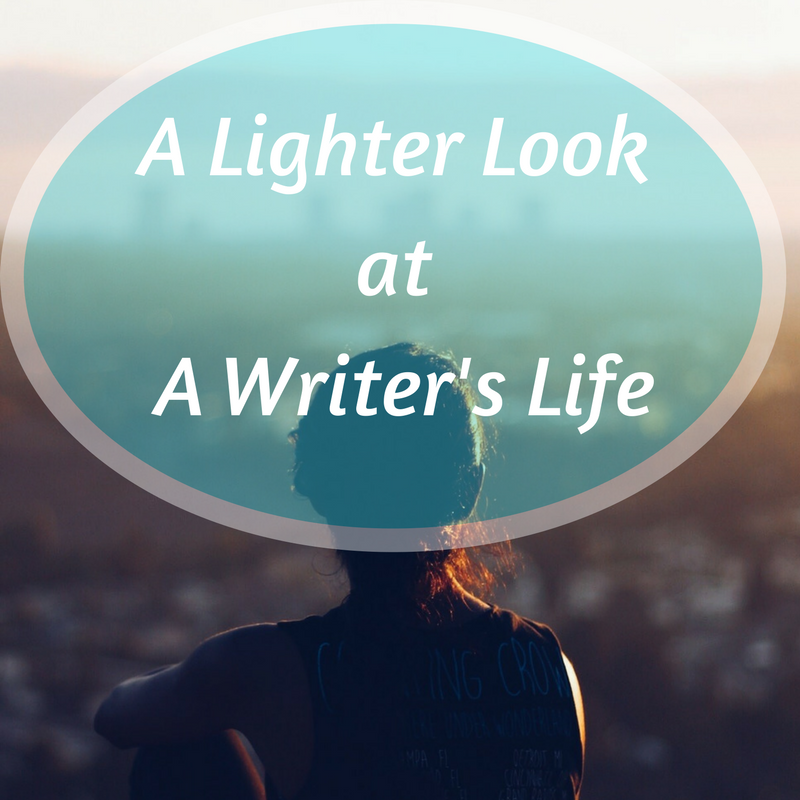
“Until God opens the next door, praise Him in the hallway.” This phrase has become quite popular over the…
May 6, 2023
For some reason, most writers are curious about writing screenplays. And they come to me with many questions about…
May 4, 2023
“I’m going on a trip and I’m going to take an alarm clock,” Susie said. “I’m going on a…
May 3, 2023
Writers Chat, hosted by Jean Wise, Johnnie Alexander, and Brandy Brow, is the show where we talk about all…
April 30, 2023
After a few years of procrastinating, I recently decided to start working on my author’s newsletter again. However, because…
April 29, 2023
Note from Donna Jo: The topic of critique pet peeves came up during a conversation in my weekly writing…
April 28, 2023
Most authors are focused on writing the best possible manuscript—an important task. While your writing is important, there is…
April 26, 2023
As writers, we want to grab our reader’s attention from the very first sentence and keep them reading to…
April 24, 2023
When it comes to writing middle grade fiction, authors might wonder what works best for this 8-12 years old…
April 21, 2023
A welcome post is a pinned post on your blog that appears first in your entry feed. But let’s…
April 20, 2023


